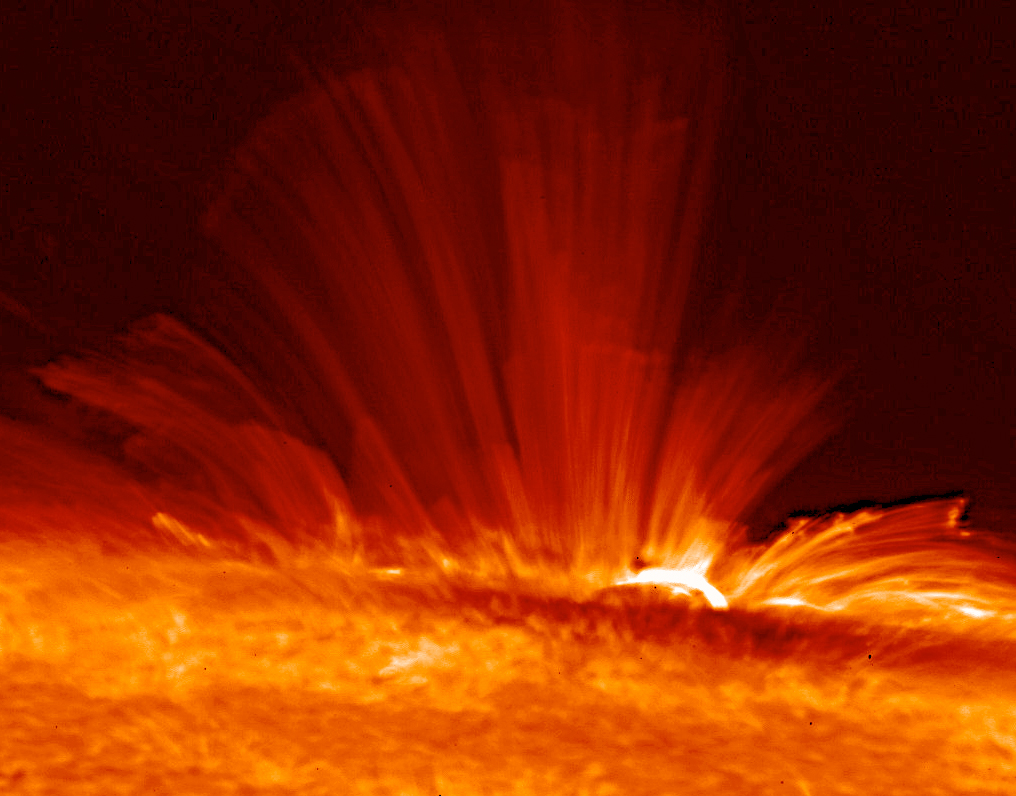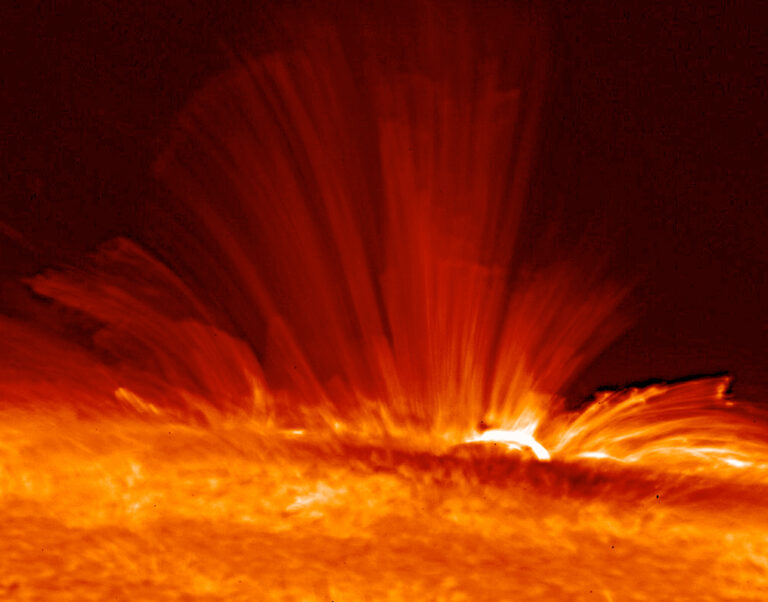Magnetic Fields in Stars Similar to the Sun
The Sun undergoes a slow rotation, completing one rotation every 24 days at its equator. However, the rotation speed of the hot gas at different latitudes varies slightly. This rotation plays a crucial role in driving the mechanisms responsible for generating stellar magnetic fields. In the case of solar-type stars that rotate much faster than our Sun, the generation of the dynamo is believed to occur through different mechanisms that are not yet fully understood, along with many other aspects of solar magnetic field generation.
To gain a better understanding of dynamos in various solar-type stars and their evolution, astronomers have been studying a range of active stars with different rotation speeds. These observations aim to investigate how different physical parameters of stars either enhance or inhibit dynamo processes. Observing stellar magnetism typically relies on indirect proxies of the magnetic field, such as characteristics of the emitted radiation from atoms. Surveys utilizing these proxies have revealed clear relationships between rotation, stellar dynamo, and magnetic cycles of stars. Recent advancements in instrumentation have enabled the direct measurement of solar-strength magnetic fields on other stars by detecting the polarization of light.

Astronomer Jose-Dias do Nascimento, from the CfA, is part of a team that has conducted the most comprehensive polarization survey of stars to date. They have successfully detected magnetic fields on sixty-seven stars, with twenty-one of them classified as solar-type stars. This represents a significant increase in the number of classified solar-type stars compared to previous studies. The researchers have found that the average magnetic field strength increases with the rotation rate of the stars and decreases with their age.
Additionally, they have observed a correlation between the strength of the magnetic field and the emission from the stars’ chromospheres, which are the hot outer layers. This study not only marks the most extensive survey of its kind but also highlights the effectiveness of the polarization technique. It indicates that directly measuring solar-strength magnetic fields on other stars is indeed possible.
This article is republished from PhysORG under a Creative Commons license. Read the original article.
Do not forget to share your opinion with us to provide you with the best posts !




0 Comments